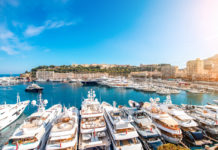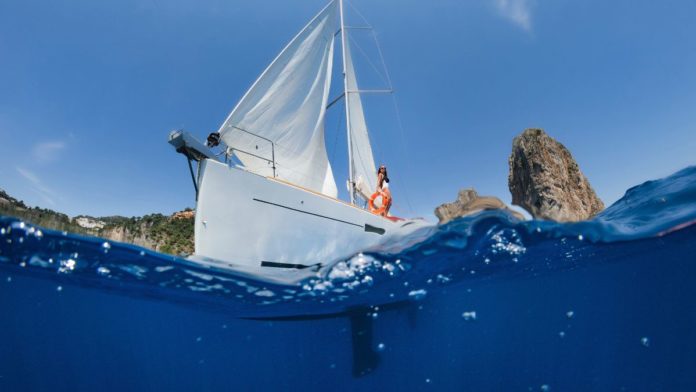
Many first-time sailors tend to think that planning a sailing itinerary is somewhat easy.
We’ve been organising yacht charters around the world for over 25 years, and we can tell you one thing: it’s a lot trickier than most people think.
You rarely can just go where the wind brings you, and even then, these sort of trips require a lot of work beforehand, usually done by your broker behind the curtains.
Here is what you must know if you are planning your own itinerary or if you are wondering what your broker is doing when he is organising your charter.
You need to pick the right destination, at the right time, and not be wrong

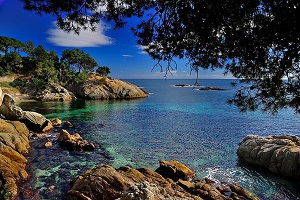
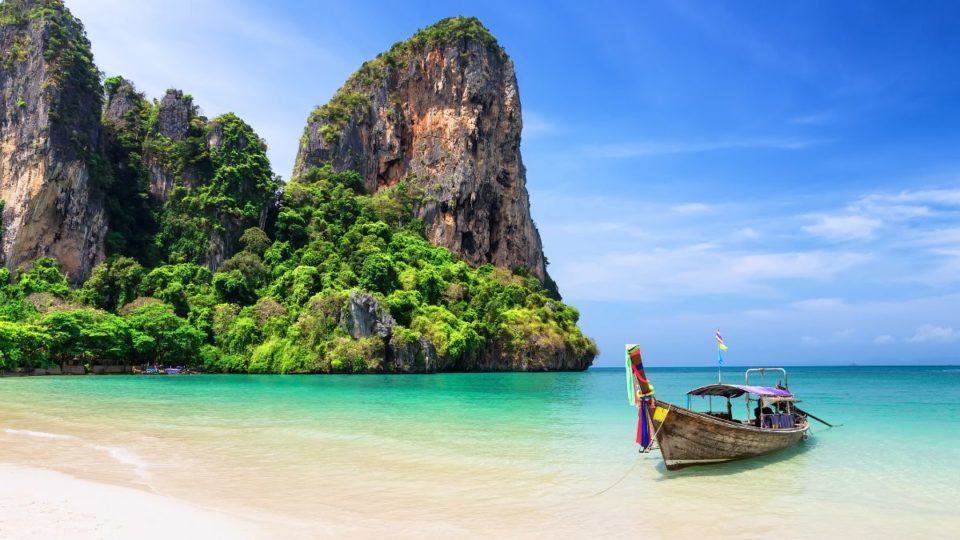
A sailing itinerary starts with picking the appropriate destination based on the season
Timing matters more than many assume. For example, sailing in the Mediterranean in late October can bring unexpectedly strong northerly winds or sudden storms, making anchorages dangerous or ports inaccessible. Many charterers aiming for Greece or Turkey in early season are pleasantly surprised by calmer seas—but also by cooler nights and fewer restaurant options in small islands.
Wind patterns of the destination must be taken into account before making any plans
Local prevailing winds, seasonal shifts, gusts, trade winds, monsoons—all these affect where you can go, when, and how fast. If you plan to sail between islands that have strong cross winds, you might face long beating (sailing upwind) legs, or you’ll end up motoring more than you expect. Use our sailing distance calculator here.
Determine regional must-see during your sailing itinerary based on your wishes / preferences
You might want ruins, beaches, excellent diving, nightlife, or solitude. These draws might conflict: an anchorage with great snorkeling may have no facilities; a popular island might be bustling but expensive and crowded.
If you are in a group, agreeing on an itinerary is easier said than done
One person wants relaxation; another wants exploration; someone else wants water sports. These conflicting desires can lead to either a diluted itinerary (everyone gets a bit of what they want) or frustration. As one charter-broker told me, “We once had a group with three snorkelers, two land hikers, and a couple who just wanted to do nothing. Half the time was spent adjusting the route so each had priority somewhere.”
Prepare a plan B and a plan C in case the weather conditions change
Weather systems can shift fast. Ports or anchorages you counted on might be unsafe due to sudden winds or storms. Some islands are inaccessible at certain wind or tide angles. Having alternatives keeps the trip safe and more enjoyable.
Read also: Phuket Sailing Itinerary : our Recommendations
Most “non-professional” sailing itineraries planners are wrong with timing and distances
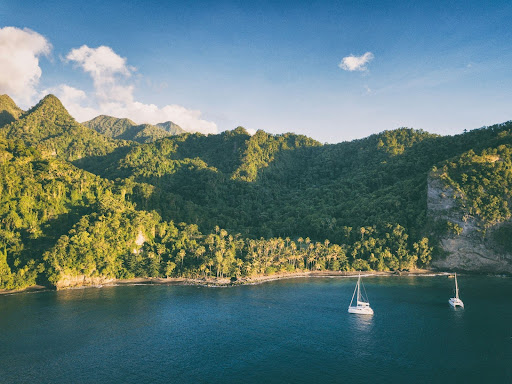
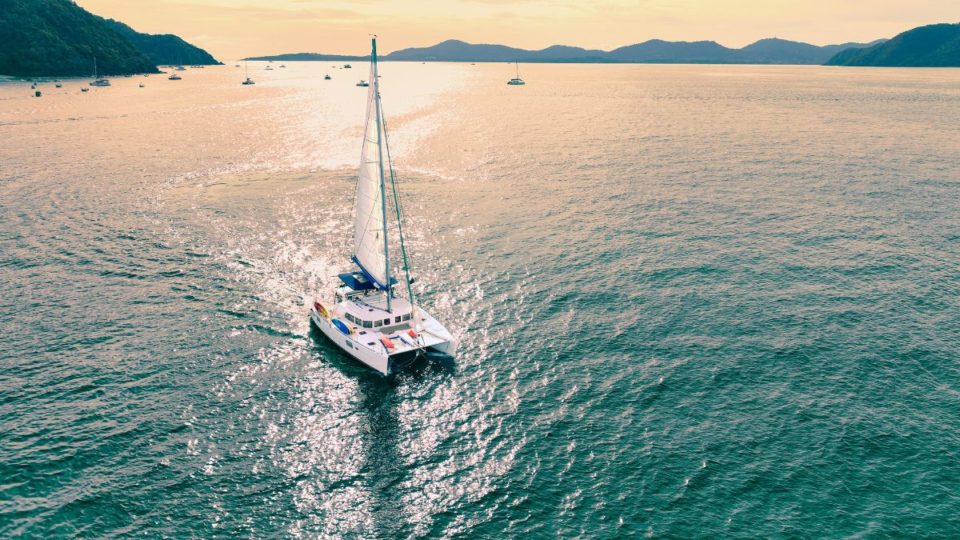
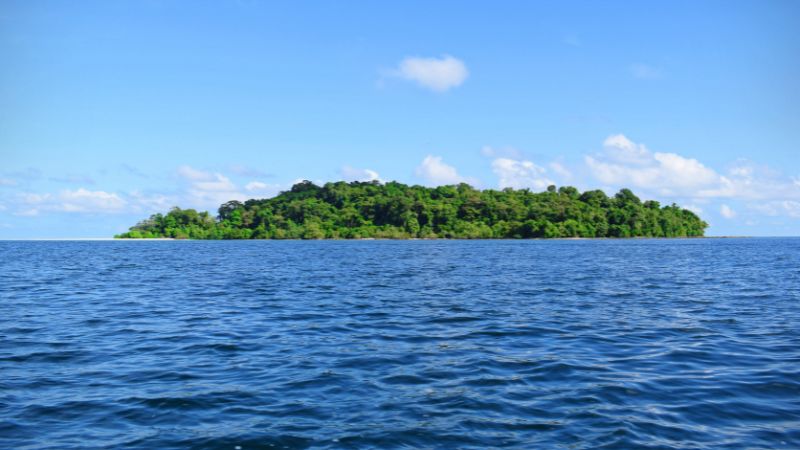
Sailing isn’t like driving a car, especially if you are on a sailboat or sailing catamaran
Speeds vary, wind direction imposes tacks, currents can slow you, or adverse conditions force extra time. Estimating distances assuming ideal conditions often leads to disillusionment. A friend once planned a leg of 40 nautical miles thinking “we’ll make it by late afternoon,” but because of wind being “against” and current, they arrived after dark, in cramped quarters, exhausted.
Departure and arrival windows at marinas are very important for safety and anchorage availability
Marinas fill up, especially in high season. Some have tight arrival windows for customs, or only allow docking in certain daylight hours. If you miss the window, you may need to divert to a less favored anchorage or port. Also, anchoring in some spots is restricted after dark or in certain weather.
Read also: The Guide To Preparing Your Yacht For Charter
The sailing itinerary is usually your second trip: you need to get to your destination first

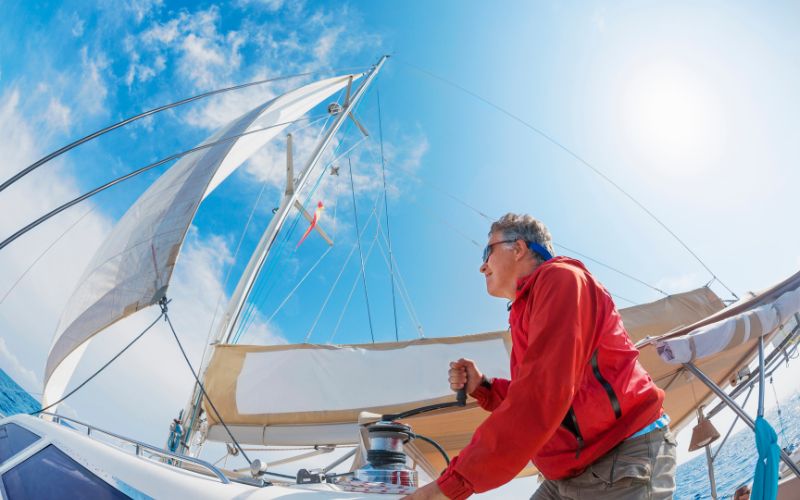
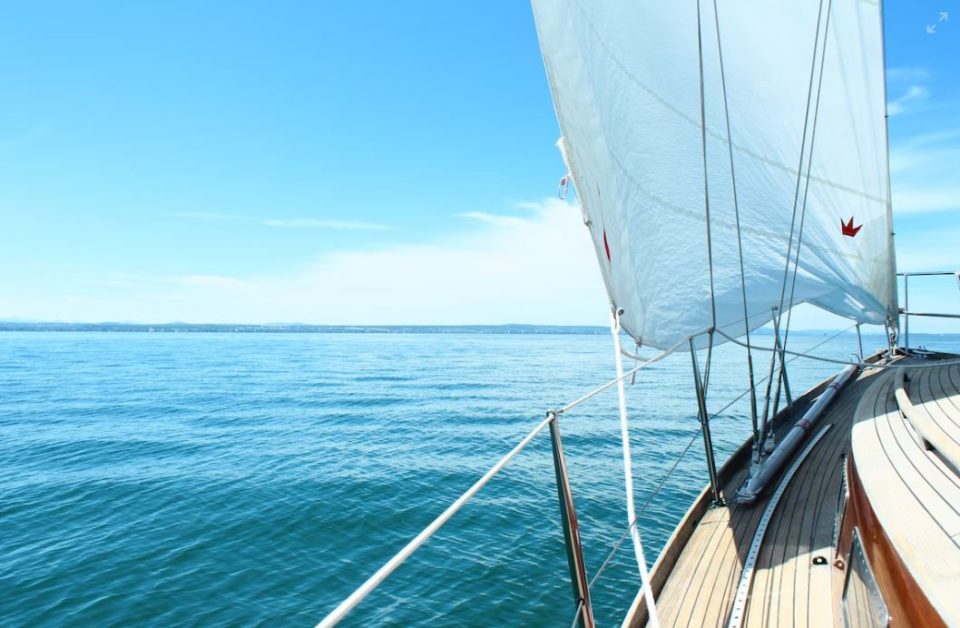
Most sailing destinations are archipelagoes: you’ll need to fly there first
Getting flights to remote islands, or small airports, often means multiple legs, possible delays, and mismatched schedules. Your yacht or charter might be in a different island or harbor requiring extra transport. Missed flights mean missed days of sailing.
You, your family and/or staff might need to apply for visas to enter the country
Even countries that seem “easy” often have strange requirements for sea arrivals. Some require cruising permits or declarations in advance; others charge extra for customs. Failing to check these can lead to delays, fines, or being refused entry.
A sailing itinerary often involves paperwork, regulations and permits
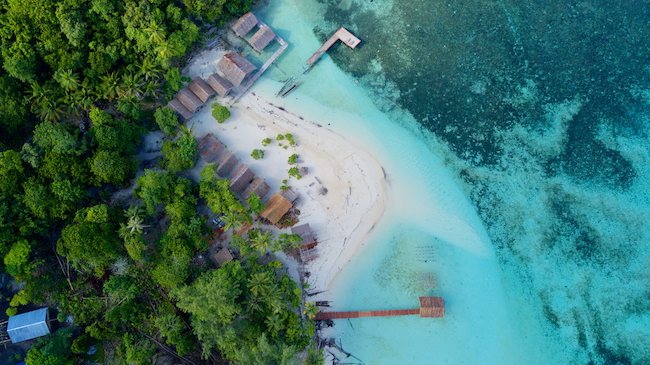
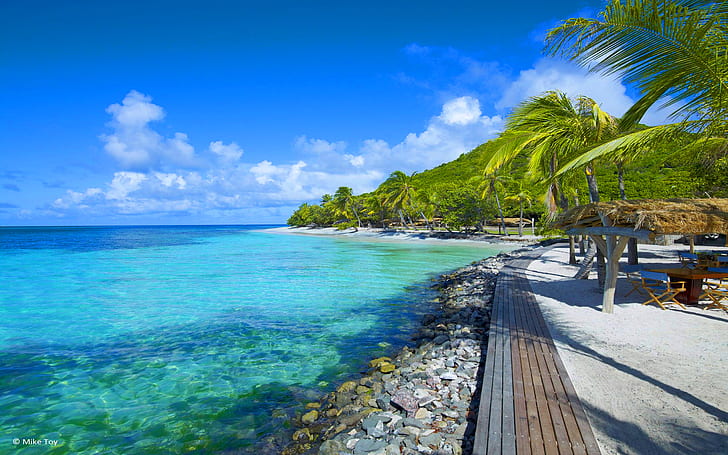
Many areas are restricted or protected and require permits to enter with a boat
Marine parks, conservation zones, wildlife sanctuaries—these may forbid anchoring, require permits, or enforce mooring fees. Some islands protect their reefs and penalize damage severely.
Sailing cross-borders involves customs, immigration and again… visas
Entering from one country to another can require paperwork, paying import duties on the boat, clearing immigration. Especially in remote regions this may only be possible at certain ports. One skipper shared that after months at sea, entering one Caribbean island was delayed for 24 hours because their paperwork wasn’t stamped correctly in the neighbouring jurisdiction.
You must ensure that your marina or anchorage will be available when you get there
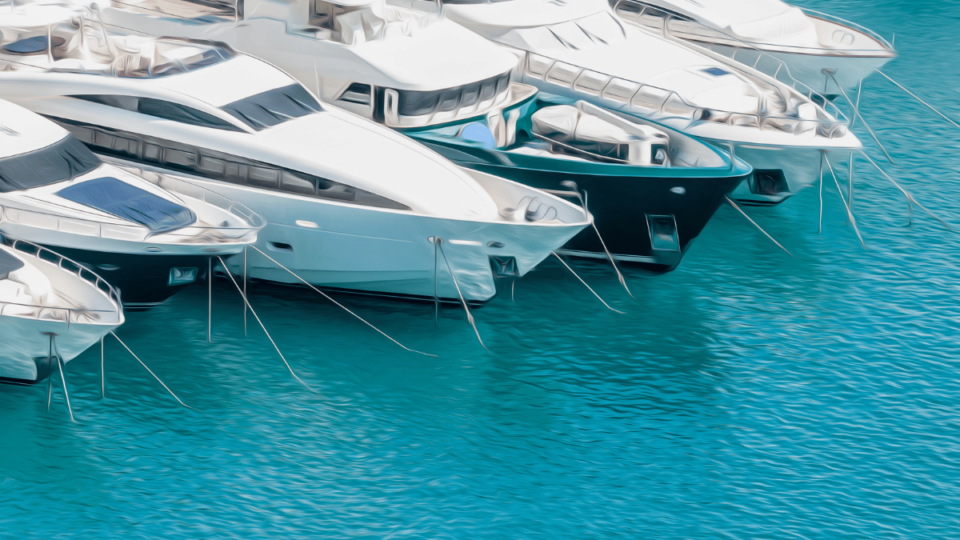
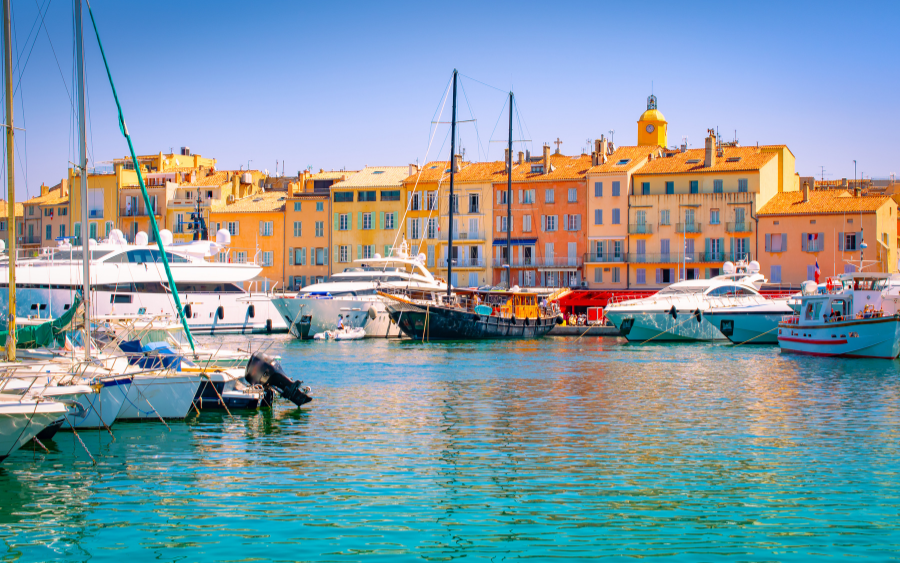
Some marinas can fill up very fast in high season and will require booking in advance
Especially in tourist-hot spots (French Riviera, Greek islands, Caribbean), many yachts compete for berths. If your plan depends on getting into a certain port for provisioning or spare parts, you need to reserve.
Anchoring is not always an option in certain destinations due to regulations or weather / seabed conditions
Some bays have seagrass (“posidonia” etc) that are protected; anchoring might be forbidden or limited to certain zones. Bottom conditions might be rocky, muddy (poor holding), or have strong currents.
The most remote sailing destinations simply don’t have marinas always available and you must plan accordingly
Remote anchorages often mean no infrastructure, limited emergency support, no fuel, no fresh water. This means provisioning more carefully, carrying spare parts, and being ready for self-sufficiency.
There is no one size fits all: your yacht must be provisioned according to your sailing itinerary, your needs and your plans
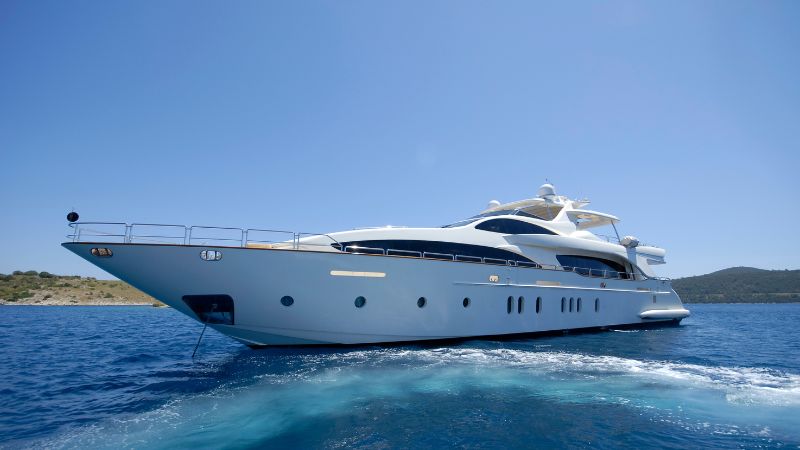
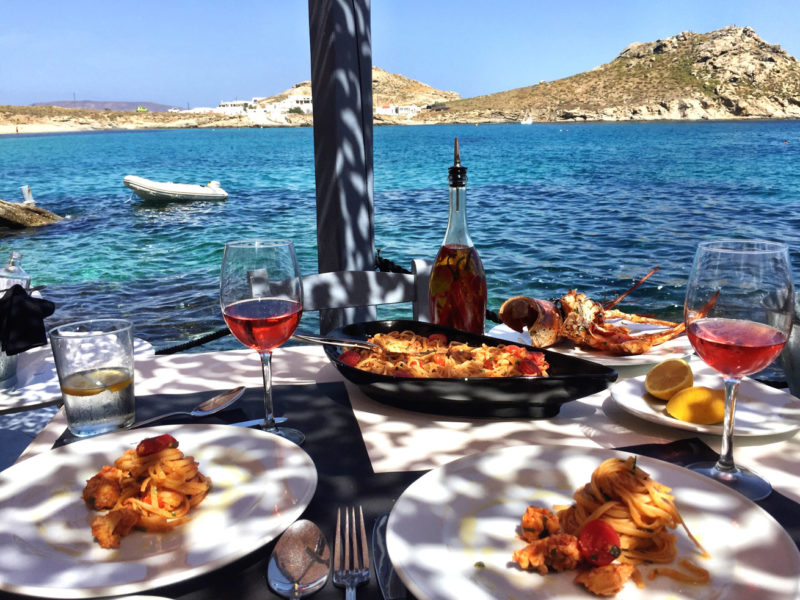
Food & drink must be matching your taste and in sufficient quantity
If you are renting a bareboat (without crew), provisioning is entirely your responsibility. You’ll need to carefully plan meals, snacks, and drinks before departure, making sure you have enough supplies for the length of your trip, especially if you’ll be far from ports or supermarkets.
On a crewed charter, things work differently. Before you arrive, the crew will stock the yacht according to your preferences. That’s why it’s essential to fill out your preference sheet in detail: everything you like to eat and drink, any dietary restrictions, favorite wines, or special treats should be listed. Once the cruise has started, the crew can sometimes do small restocking along the way, but depending on the itinerary, that may be complicated or even impossible. Proper planning here ensures your onboard experience feels seamless and tailored to you.
Read also: Cooking Aboard a Yacht: A Culinary Adventure at Sea
Water and fuel should be carefully managed, especially if you are sailing in remote areas
Fuel stops may be sparse. Water tanks might not be refillable everywhere or sources might be dubious. Always know consumption rates with margin.
The boat has to be equipped for emergencies, medical issues, communication and for the unexpected repairs
First-aid kits, emergency position beacons, satellite communications may be essential. Spare parts for common failures (engine, rigging, navigation) can make the difference between a fun trip and a rescue. One anecdote: a charter in the Caribbean was forced to sink anchor early because their spare halyard had not been loaded; replacing such a part required sending someone ashore, which cost a whole day.
The crew onboard has to match your group and your itinerary
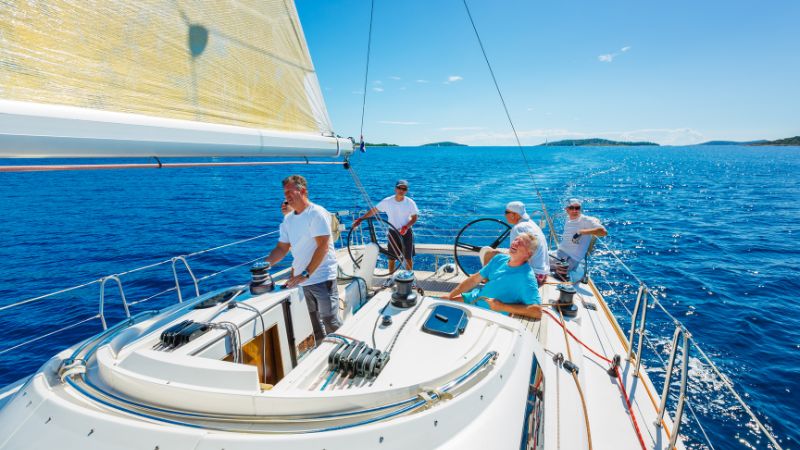
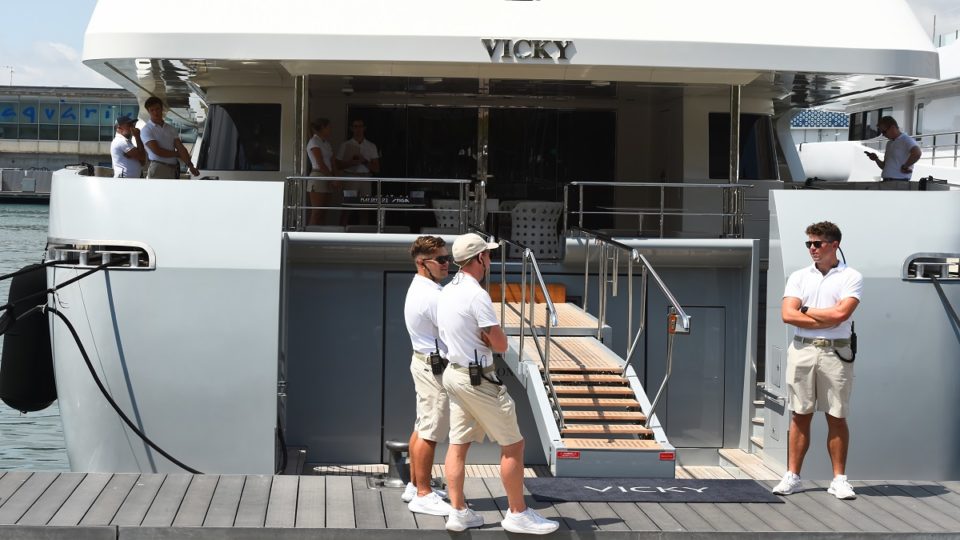
Some crews have more experience with itineraries and destinations than others
A crew familiar with local waters, weather, currents, and regulations can anticipate issues. Without that, surprises multiply.
You want to be with a crew that gets along and that is glad to have you onboard
Close quarters magnify personality mismatches. A group that isn’t comfortable with each other’s habits (sleep schedules, noise, social vs quiet time) can lead to friction that ruins the experience. One charter broker recalled a group who “forgot” that children need early bedtimes; after a week they were exhausted, and the parents felt robbed of rest.
No crew member can work 24/7: rest periods must be respected
Fatigue is a serious risk. Reliable skippers insist on rest hours to maintain safety.
Our tips as professional brokers to ensure your sailing itinerary is always on point
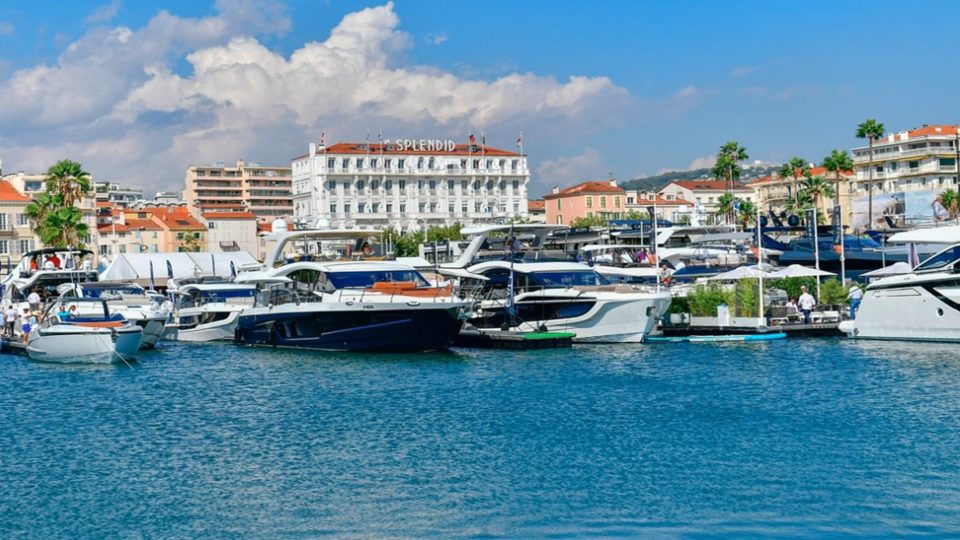
- Let a broker plan the itinerary for you based on your destination and desires
If you tell them what you love (quiet anchorages, diving, gastronomic stops etc.), they can often shape a route you might never think of yourself. - Stay flexible: alternative routes and anchorages are sometimes needed
Being too rigid leads to disappointment. Wildcards often add the best memories. - Do not over schedule: allow buffers to relax, explore or simply enjoy something you recently discovered and love
Leave time for unscheduled stops, delays, spontaneous discoveries. - Be realistic with distances to cover based on the yacht you are chartering
Don’t overestimate your average speed; allow for wind, currents, and times of slow sailing or motoring. - Do not handle the flights and visas at the last minute to avoid last minute changes in your sailing itinerary
These are outside your control and can derail everything early on. - Always listen to your captain if your sailing itinerary must change
The captain is in contact with weather, local authorities, safety conditions; respecting their judgment is essential.
Read also: What to Pack for a Yacht Charter: Download Our Essential Checklist




